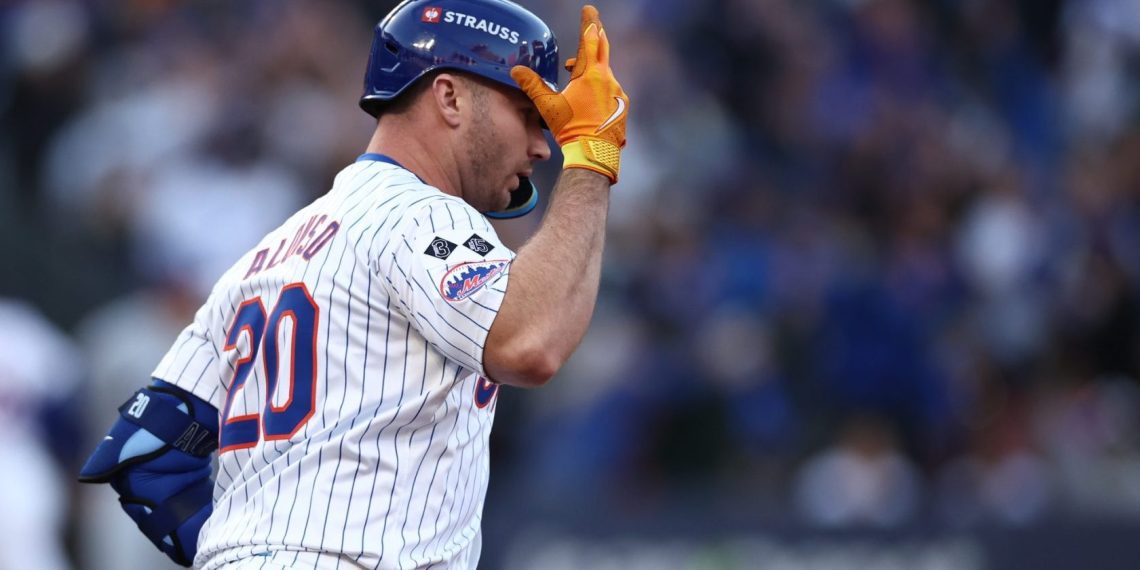Chicago Cubs: Strategic Moves and Player Dynamics
The Chicago Cubs have been making waves this offseason, strategically maneuvering their roster to enhance their competitiveness. With the acquisition of Kyle Tucker and the departure of Cody Bellinger, the team has shown a willingness to shake things up. Additionally, their focus on fortifying the pitching staff underscores their commitment to building a well-rounded team capable of sustained success.
Jed Hoyer, the Cubs’ executive, has emphasized the importance of bolstering the pitching rotation further. However, with certain targets like Corbin Burnes off the table, the team may need to explore alternative options. The dynamic nature of the pitcher market could prompt the Cubs to act swiftly to secure the talent they need to solidify their pitching depth.
Pete Alonso Rumors: Analyzing Feasibility and Financial Implications
Recent speculations linking the Chicago Cubs to star slugger Pete Alonso have sparked intrigue among fans and analysts alike. Despite the allure of adding a powerhouse like Alonso to their lineup, practical considerations suggest otherwise. The Cubs already boast a promising prospect in Michael Busch, who has showcased his potential and affordability, making him a valuable asset at first base.
The financial implications of pursuing Alonso raise red flags for the Cubs. Apart from the substantial contract required to secure Alonso’s services, the additional costs in terms of draft picks and international bonus pool space could strain the team’s resources. Considering the existing talent in place and the financial constraints involved, pursuing Alonso appears to be a costly endeavor for the Cubs.
Strategic Restraint and Long-Term Viability
While the prospect of acquiring a player of Alonso’s caliber may seem enticing, the Chicago Cubs exhibit a prudent approach by prioritizing long-term sustainability over short-term gains. By leveraging internal talent and maintaining financial prudence, the Cubs aim to build a competitive roster without compromising their future prospects. This strategic restraint underscores the team’s commitment to responsible team-building practices.
In conclusion, the Chicago Cubs’ calculated moves and strategic foresight position them as contenders in a competitive baseball landscape. While the allure of star acquisitions may tantalize fans, the team’s commitment to prudent decision-making and long-term viability sets them apart. By navigating the complexities of player acquisitions with a keen eye on strategic outcomes, the Cubs continue to shape a roster poised for success in the seasons to come.









